Rugby Union History In Australia
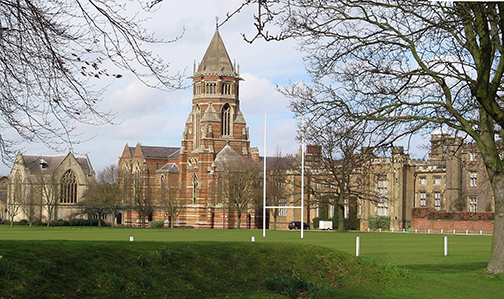
At the turn of the 19th century in Old Sydney Town, there was not a lot of entertainment happening in the city. Pursuing water, and food and keeping the so-called “Fellons” in line was foremost in the minds of the Governors and soldiers from the Hyde Park Barracks on Macquarie Street. Happily, some leadership came from forward-thinking men and women in the Colony. The infertile soils around the landing sites at Sydney Cove meant that the market gardens and growing vegetables and fruit had to be done upriver at places like Parramatta.
This left room to create parks and other areas around Macquarie Street for enjoyment and recreation. Manageable regions on the hill near today’s NSW Parliament and St Mary’s Cathedral were cleared to create Hyde Park, The Domain and the Botanical Gardens. The Barracks housed the soldiers responsible for managing the unfortunate prisoners from Ireland and England. The Botanical Gardens were set aside in 1816 for flora research and propagation. So, the sporting areas were found in The Domain and Hyde Park. Sydney Sporting Supplies Pty Ltd Rugby Trophies Page sponsors our Our Rugby Union History.
What was Football Like in 1829
Using a rough excuse for a ball and turning up to the newly cleared “Domain” was an excellent pastime for many soldiers to display strength and courage in an attempt to advance the ball.
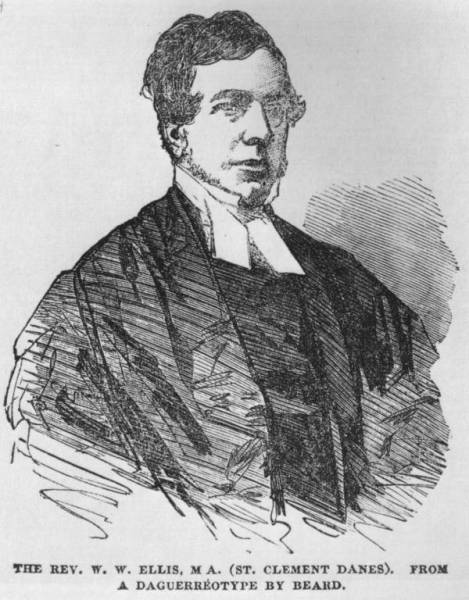
It was only six years since William Webb Ellis had succumbed to his frustration and picked up a ball and ran with it. The improvement of any rules that may have happened back in the six years was lost to those attempting to play “Football” in Sydney back then. Cricket teams shared the space on the Domain. However, Rugby delivered a dynamic not found in other games despite (or because of) the lack of rules. The modern-day game of Rugby Union has more regulations now, but the energy of a contest like this was appealing.
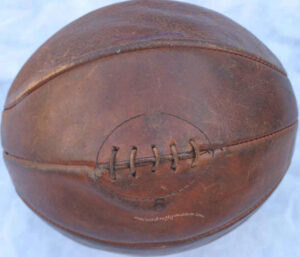
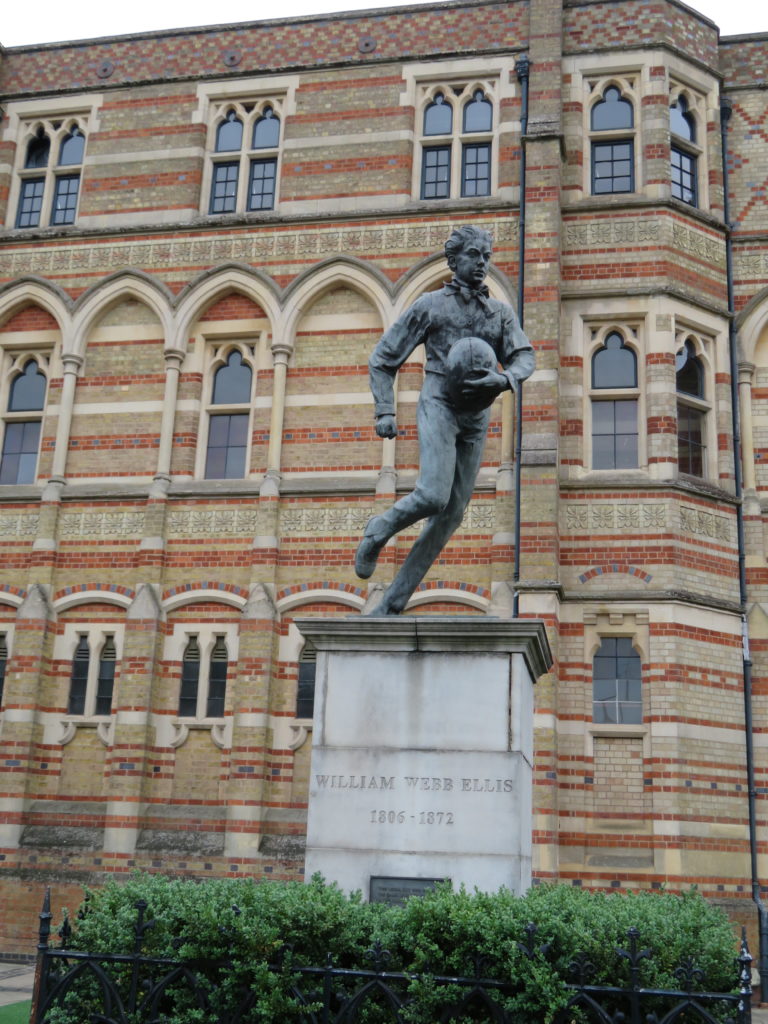
There was an attempt to make a Gilbert Ball as used in England, but the local manufacturer was nervous about being sued as he did not have a licence or approval. So everything appeared to be roughshod – venue, players and ball alike. William Gilbert and Richard Lindon were responsible for developing the Rugby Ball In England. Still, as the ball was initially a leather covering of a pig’s bladder, it seems that patents may not have been applied for in England anyway.
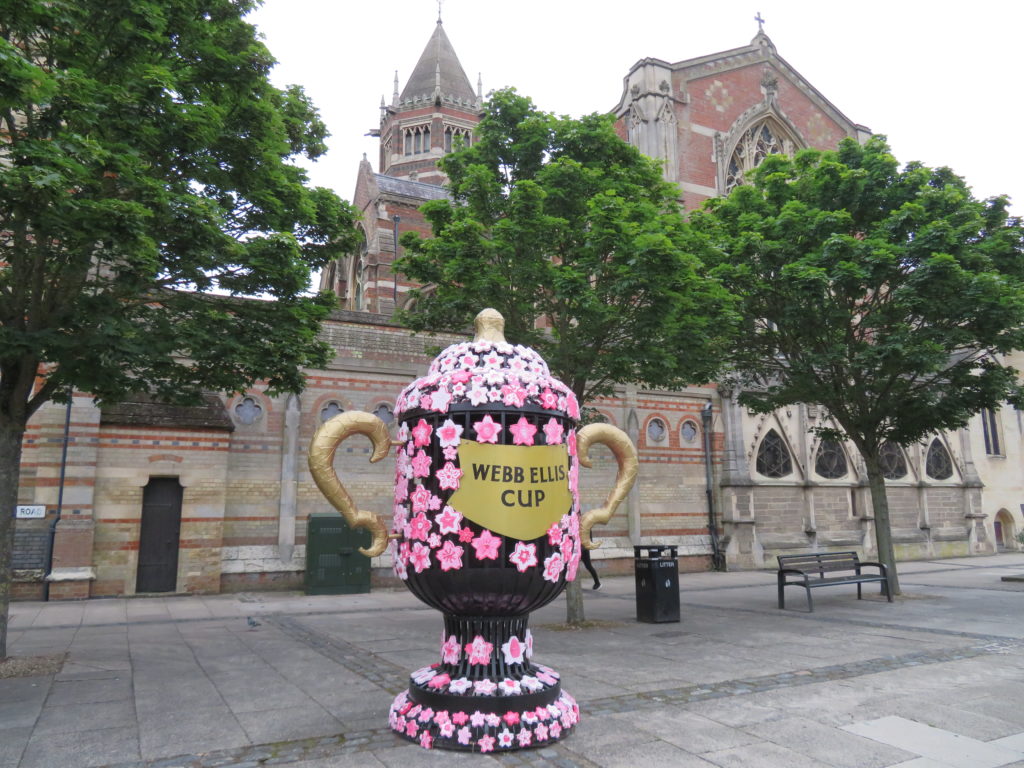
The newspaper “Sydney Monitor” wrote many extracts explicitly referring to the “Football” games played on The Domain. Cricketers, Rugby and orators shared space with Sydney cricketers and orators.
Quotation from The Australian RU Website
“The first football matches played in Australia were reported on 25 July 1829 in the Sydney Monitor.
‘The soldiers of the Sydney barracks amused themselves with a game called football.’ The paper did not attempt to describe the game or the rules, but a commentator in Old Times wrote later that because soldiers in those days were far from gentle mortals, it could be assumed that the game was a very willing go’. Football of a kind continued to be played in the Sydney Domain before a public starved of entertainment.”
The Formal Beginnings of Rugby Union Clubs
The rough and tumble beginnings of the park football emerging from The Domain and other parks nearby, such as Hyde Park, were becoming more formalised. In 1863, Sydney University created a Rugby Club. It remains one of the first Rugby Clubs anywhere in the world. Although made at the campus of the University, the home ground was to be at Hyde Park in the early years of the mid-19th century. Another pioneer club, The Wallaroos, was keen to create standardisation in the game and looked particularly at the Gilbert Rugby Ball. A fluid standardisation of rules and laws followed.
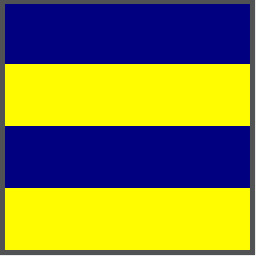
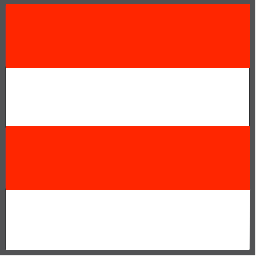
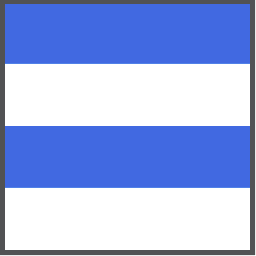
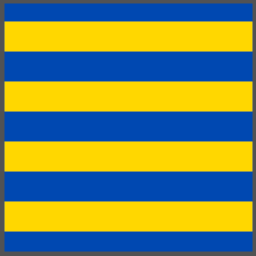
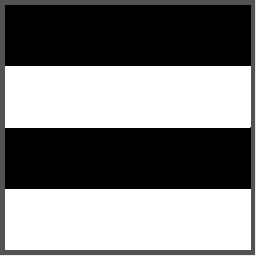
In 1864, one year after the inauguration of the University Club, Eldred Harmer MP tried to have the game outlawed and banned. Despite Harmer being a member of the NSW Parliament, he could not get a seconder for the motion. So Rugby survived its first crisis. The first official game was in mid-June 1865, but crowd control was an issue. Many spectators turned up, and the 1st official competition, the Gardiner Challenge Cup, was launched with the above clubs.
Country Regions and Boarding Schools Were The Real Nursery of Southern Rugby
The playing environment of Rugby in Australia was nurtured and promoted mainly in the country regions and the Boarding Schools. NSW and Queensland were getting more organised, but their attention to the formation of standardised rules left much to be desired. Possibly the desire to tone down the rugged and lawless nature of the fledgling code was in the minds of some. The State of Victoria was responsible for formalising some rules to minimise the violent aspects of the game. These became known as The Victorian Rules. The Scrum was in a state of flux as different formations were experimented with regularly.
By 1880 the Southern Union was about 100 teams strong. Many Games were played at Moore Park with ever-fluctuating rules and formations. The other teams sharing the park were also playing Victorian Rules and Soccer. Ardent supporters of all these sports were milling around in what one could imagine as a disorganised gathering of supporters. Meanwhile, the Northern Rugby Union was being set up in the State of Queensland in 1882. Add Private Boarding Schools, and a picture emerges of a developing love of the sport. The Boarding School players’ pool was normally garnered from the very fit, well-built boys from the farms. Their parents were very keen to keep the “kids” at home on the farms as labour, and then allow the boarding experience much later than it is now. By that time, the boys were 16-18 years old, young men. The educative polishing ended in the classroom, but what was presented on the field was a far cry from what one would expect from school kids. Many of the Schools fitted very well into the Seniors’ competition and were very competitive. Tough, fit, strong and young.
The Beginnings of Inter-Colonial State Matches
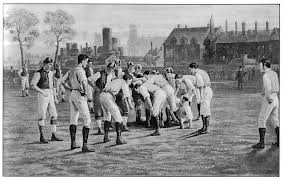
The Rugby-loving Colonials were now ready. The time was right to set up representative games between NSW and Queensland. Games were played in 1882, about 1 year before the Queenslanders had formalised their state rugby union.
The Bulletin Magazine was very critical of the game, and, despite calling Rugby a shortcut to the grave, the Queenslanders played 6 games in 10 days. The NSW team was victorious in the inaugural match, although there was some confusion about the score. The game was played at the Sydney Cricket Ground in front of a good crowd of around 3,000 to 4,000 spectators. The 2nd match 10 days later drew a crowd of about 500 spectators to the Association Ground. It could be said that the official 24-4 scoreline in the 1st game was quite a drubbing on the scoreboard, as this was NSW’s 4 tries and 4 goals to Queensland’s 1 goal. The following year NSW travelled to Queensland to play a return match. A keen crowd of Queenslanders were given a very cheap train ride to Eagle Farm to bolster the spectator crowd to about 3,500. Unfortunately, many spectators were stranded in central Brisbane. The Queenslanders were rewarded with a 12-11 win in a nail-biting game of Rugby. The NSW team was deprived of a victory when Queenslander W. Shiels sprinted from the NSW try-line after the visitors had scored a try to touch the ball on the attempted conversion. This resulted in a “no goal” under the rules at the time, even though the ball was over the bar and between the uprights.
The 1st International Rugby Match in Australia
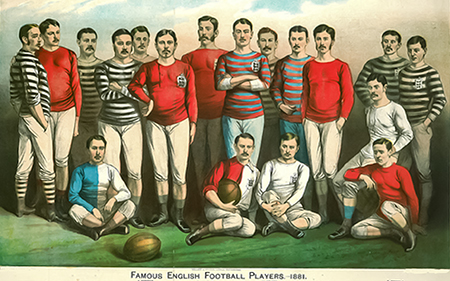
This picture was taken in 1881 of some of the best players at the time in British Rugby. English Rugby was building a large body of players. The potential pool of players was formidable, and the Colonial teams would have to be at their best to make victory possible.
In 1882 NSW organised a tour to New Zealand, but it was not until 1888 that the Rugby governing bodies in the Colony hosted a team from Britain. The British team was formidable. The matches were not tests as we know them now but rather a series of 18 games against colonial sides. The visitors did not lose any games in a 16-win, 2-draw result for the tour. Not surprisingly, the draws were against school teams. The Kings School and Sydney Grammar had some old boys playing for them, however.
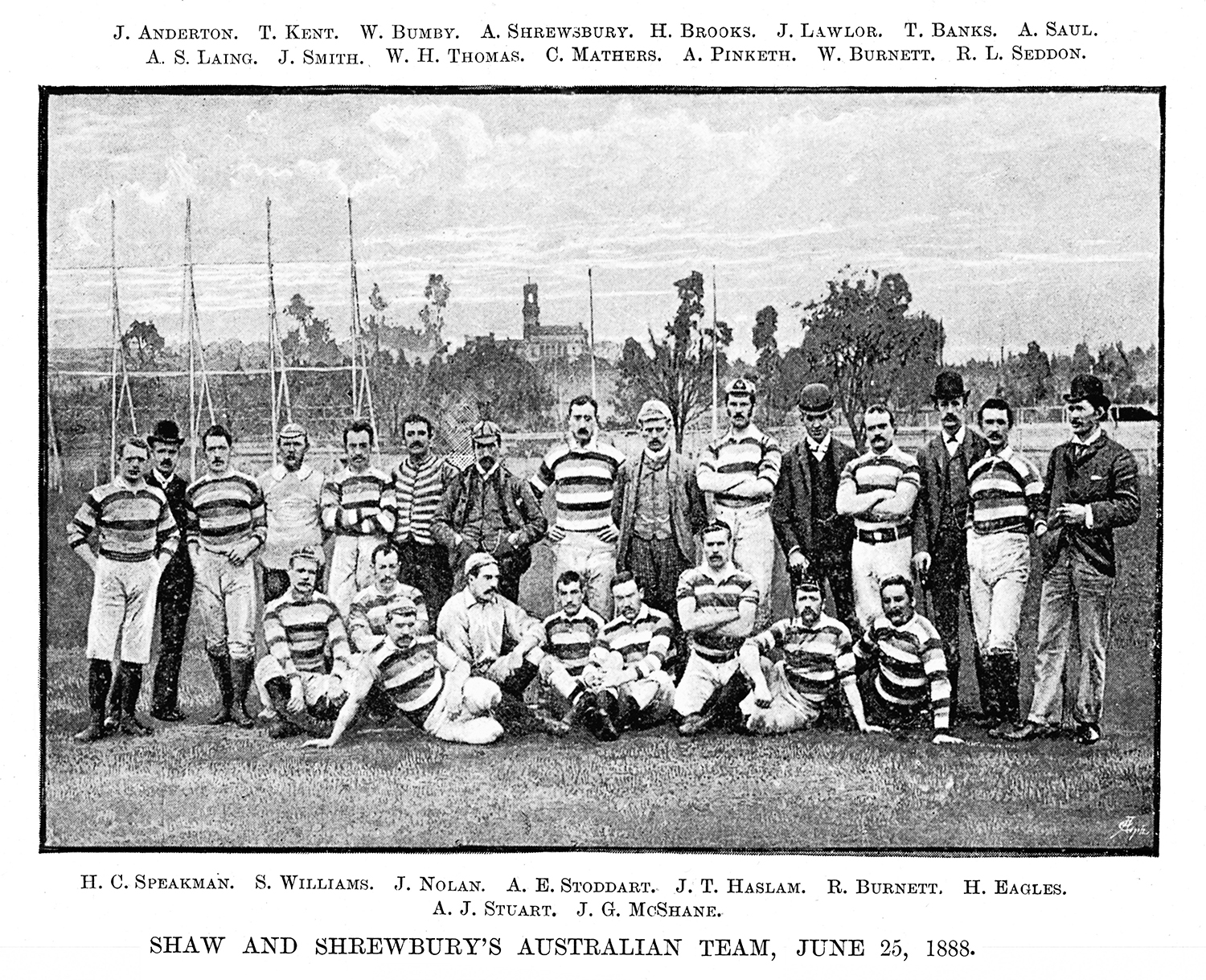
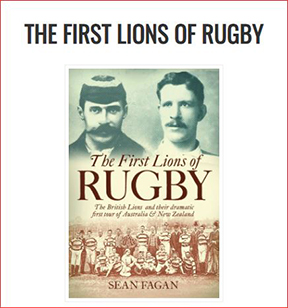
The Shaw and Shrewsbury touring party had players who were paid money or other products e.g. furniture for home. These could be sold off for cash. A previous touring British Cricket team had been caught out by paying players to participate. For this particular Rugby tour, there needed to be no professionals playing. Shaw and Shrewsbury needed to recoup their losses from the previous Cricket debacle. So the tour went ahead, and the British team arrived.
If Rugby had gone professional in 1888, the football landscape would have been different. In England, the Rev Frank Marshall, an ardent promoter of amateurism, hounded players and clubs to the extent that many talented rugby players left the Union. They played with the League instead.
The body of talented players left for the Union was diminished with the exodus of the talented and cash-strapped players that could have remained in the game of Rugby.
Despite nagging anti-professional exponents and the friction of distance, the British arrived at a divided Australian Rugby Colony. They brought with them an abundance of talent and new ways of playing the game. The “Kick – Chase – Wrestle” the ball over the line was still used with lots of scrimmaging, but new scrum formations of four front row, three second row and two at the back meant that, with sound practice, the ball could be securely held between the front and second row. All that was needed was to march the ball to the try line and fall on it. The shove was invented. Wing forwards and the wrestling of previous years were now a thing of the past, thankfully.
The British Tour Captain, R L Seddon, died in a boating accident in The Hunter while touring. A E Stoddart was given the captaincy, and Australia learned much from him about Rugby ethos. Land was available for Rugby to own their own grounds and structures, but it appears they did not grab the opportunity. This was an oversight in the face of challenges for the football space. Alternate codes of Rugby League and Victorian Football picked up the ball in William Web Ellis fashion and ran with it.
Ten Years to Garner Strength and Skill
It would take another ten years for the first truly international game in 1899. There was a great learning curve for Australia after not gaining one victory over the British and Irish Lions, who toured in 1888. The Australian playing pool was greatly affected by its perceived amateur status. If the Union had its own grounds, its coffers would have been better served to look after the code and injured players. A tour in 1888 from the NZ Maoris led by the legendary Joseph Warbrick was a complete whitewash.
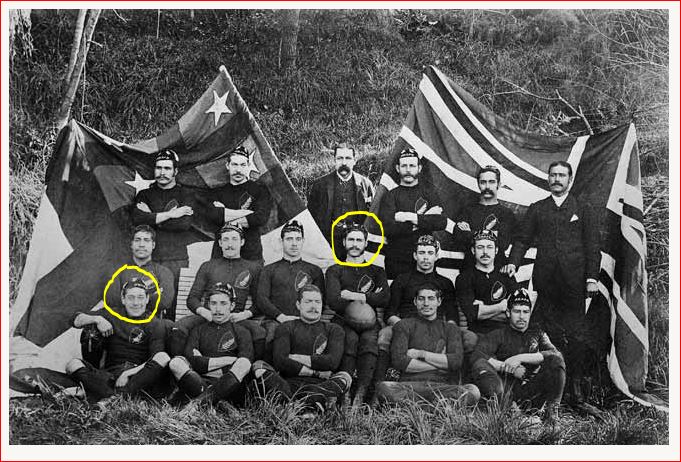
The Maoris won all 16 games in Australia. Joseph Warbrick, educated at St Steven’s Native School, played his first open-grade rugby game in New Zealand at age fifteen. He added much to Queensland Rugby. He emigrated to Australia and played for Queensland from 1891-93.
These games from across ‘The Ditch’ would have done much to awaken the Australians about what was required to win at this level. The skill levels of Teone Wiwi Taiaroa, from the undefeated Maori side, demonstrated that brute force alone would not be enough to triumph in upcoming internationals. Fending, speed to the breakdown, and being able to kick goals and drop-kick from either foot was extraordinary. Previously, the 1882 NSW Representatives (pre-Waratahs) in New Zealand returned from their tour with tales of the Great Maori who had mastered the game of Rugby.
In the photo above, Joseph Warbrick (C) is in the centre with the ball. He was accompanied by four of his brothers and three of the Wynyard brothers. Taiaroa is in the front row left-hand end.
The British Lions Return to Cement Rugby as Australia’s Top Winter Game
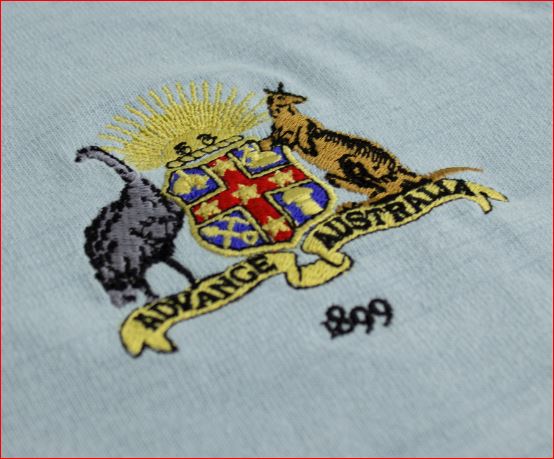
The first truly International Rugby game was against The Australian Combined States XV in 1899. Reverend Matthew Mullineux’s British Lions were victorious in the Series of four games. Australia won the first International at the SCG on 24 June 1899 and went very close again in the 3rd match. In other games on the tour, the visitors struggled against tough opposition in the Northern Rugby regions, namely Rockhampton, Mt Morgan, Maryborough, Toowoomba and Bundaberg. The Australians were competitive, on the scoreboard at least. The Australian Rugby regions were strengthened with the passionate involvement of the Private, Associated and Public Schools around the cities of Sydney and Brisbane and country boarding schools.
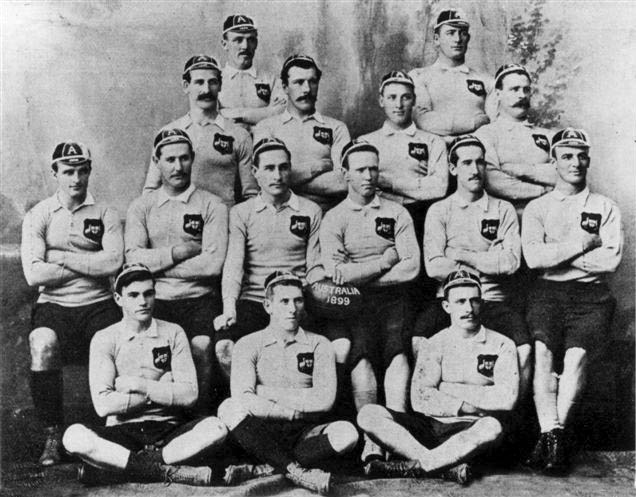
The First Wallabies Tour as League Establishes a Sydney Stronghold.
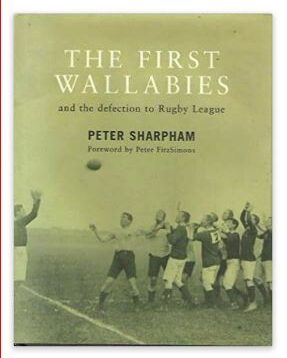
The first Australian international tour was part of a watershed year for the running football codes. In particular, Victor Trumper and James Joseph Giltinan were actively advancing the Rugby League in the working suburbs around Sydney. The Sydney Rugby League region was further enhanced by including Annandale Rugby League Club in the competition at the expense of the Newcastle Rugby Club side. By 1908 The League was gaining impetus and winning over fans at the gate. The Union code was vulnerable to the incursions of the emerging rival code as there was continuing dissatisfaction with financial support given to players. The Union was losing its grip, and the League gained popularity in the working-class suburbs. Most areas in Sydney were covered in the emerging code, but the large province of St George remained with the NSW Union at this stage. The St George area in early League history took in a huge swathe of territory from around Tempe through Hurstville and down to Wollongong.
The Wallabies Arrive in England
The First Wallabies docked in Plymouth on 8 September 1908 on the SS Omrah to tour Britain and America. Getting the business principles right was paramount to making the tour a success. As “amateur” players moved to Rugby League, the spectators voted with their feet in Australia and Northern England. By 1911 The NSW Union could not guarantee participating players reimbursement for injury, time lost from work and even jerseys. The warning bells tolled.
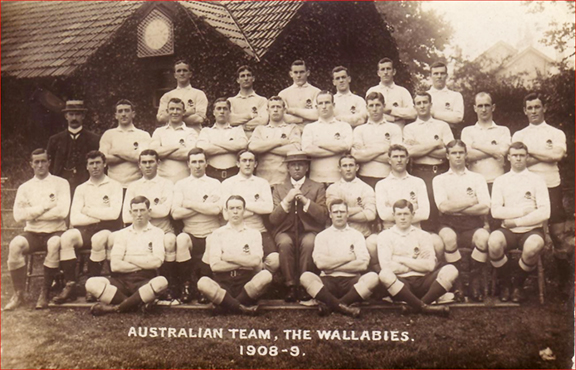
Shortly after arrival, a vote was taken, and the team’s name was changed to “The Wallabies” from The Rabbits. By 1910 the Rugby Union code was cash-strapped in Australia and could not pay for its rental at the SCG, which they subsequently lost to The League. The Metropolitan SRU then had to sell the Epping Racecourse venue. The defection to Rugby League is covered by some excellent Sporting Historians mentioned below in the acknowledgements.
Rugby was added to the Olympic Games in London and won the match against the British side. The Wallabies played thirty-one matches during the tour, won twenty-five, drew one and lost five. The Wallabies received three shillings a day for expenses. Scotland would not play the team as they considered The Wallabies to be professional.
The Mass Defection to Rugby League
Upon returning to Australia, eleven players became professionals and joined the Rugby League code, championed by James Joynton Smith. About half the Wallabies touring team were given life bans by the NSWRU after accepting payment for Kangaroos v Wallabies games. The games were played under Rugby League Rules. Eight of these defectors had rewarding careers in Rugby League. As an “Immortal” and International Hall of Fame recipient, Dally Messenger was enormously instrumental in the early exodus to Rugby League.
It was obvious that maintaining a game in the amateur realm was going to be a big ask. Maintaining a family life with the constant risk of injury and loss of income would be difficult. Imagine if the Rugby Unions of Britain and Colonial Australia had a crystal ball that could show them the future. They might have made different choices back then, don’t you think?
Acknowledgements:
1888 Maori – Native Touring Side https://teara.govt.nz/en/photograph/39617/1888-89-new-zealand-native-rugby-football-team
RugbyFootballHistory.com: http://www.rugbyfootballhistory.com/originsofrugby.htm
The 1st Lions of Rugby: https://saintsandheathens.wordpress.com/
1899 Australian Rugby Side Photo: https://en.wikipedia.org/wiki/Australia_national_rugby_union_team#Early_years
Famous English Rugby Football Players 1881 Sydney Awards & Trophies Rights purchased – Alamy.
The First Wallabies https://en.wikipedia.org/wiki/File:Australia_squad_1908.jpg.
General Information Overview by Rugby AU:https://australia.rugby/about/about%20us/history
P E Sharpham, Rugby Historian and Author of the First Wallabies, helped with advice and encouragement.